 This is one of a series of posts building towards a full paper on the use and testing of the repository deposit tools, specifically for deposit of in-progress work, developed in the JISC DepositMO project. In this post we continue our review of repository usability studies, here with an emphasis on repository interfaces. If we have missed any relevant work that should be included, please leave a comment.
This is one of a series of posts building towards a full paper on the use and testing of the repository deposit tools, specifically for deposit of in-progress work, developed in the JISC DepositMO project. In this post we continue our review of repository usability studies, here with an emphasis on repository interfaces. If we have missed any relevant work that should be included, please leave a comment.
If the deposit projects described in part 1 of this review were more concerned with metadata than the usability of repository interfaces, it may be because, unlike the Southampton projects that have close links with the development of EPrints, most of these projects do not have the keys to develop one of the main repository softwares. In response to its repository user survey, however, University of Rochester went further: it built its own repository software, known as ‘IR+’. This began with studies of faculty work practices and “resulted in modifications to the University of Rochester’s implementation of the DSpace code to better align the repository with the existing work practices of faculty.” (Foster and Gibbons 2005)
This included the introduction of Researcher and Researcher Tools pages. Further studies of work practices, of graduate students, followed at Rochester (Randall, et al. 2008). “The results of our work-practice study pointed to several enhancements, including personal showcase pages for faculty members and researchers, download statistics, and a checksum tool to support long-term preservation of files. We added these features to our IR and observed an increase in repository use as a result, but it was not a dramatic increase.” Note that the interest here was on authoring and information management practices used by the students: “Specifically, we wanted to build an authoring environment on our IR platform, while also integrating traditional and digital library functions and services. The end product is to be one interface for a wide range of research, writing, and archiving activities.”
The result, in 2010, was IR+, which “focuses on giving researchers an online ‘workspace’ within the repository where they can upload and preserve different versions of an article they are working on.” (Kolowich 2010)
An animated video on authoring support in IR+ shows that this private user workspace provides a file manager interface for sharing and collaboration, versioning and publication (Bell and Sarr 2010). In this respect IR+ can be compared with document services such as Google Docs and file management services such as Microsoft Sharepoint, rather than conventional repositories. DepositMO has worked on enabling deposit from similar applications – word processing and file management – but these applications are external to the repository.
There have been number of user studies of repositories focussed on the content submission process. A user evaluation of the DSpace multimedia repository B@bele (Caccialupi, et al. 2009) covered a variety of user issues including ‘Upload’, concluding: “The problem with submitting a new document depends on the layout of the upload page. Finding the upload link on that page is not simple since it is not visually recognizable as the link is inserted in the middle of the page. This task becomes especially difficult if other processes are not yet concluded and are therefore still active.” The method used here proceeded in a similar form to the DepositMO user tests.
Silva, et al. (2007, not OA) measured the ability of segregated groups of users to submit metadata to a repository, in this case the Brazilian Digital Library of Computing (BDBComp). Users had to access the repository, register, login, submit and check data. Results were claimed to show BDBComp to be an easy, comfortable, and useful self-archiving service, without indicating the motivations to use the system.
A model user study – simple, fast, focused – tested the submission process for a DSpace repository for electronic theses and dissertations (Boock 2005). The test included registration as well as deposit: “Usability testing proved we were on the right track and was well worth the two hours invested. Try it; it’s easy.”
While there are other usability studies of repositories and software, not all are from the author deposit viewpoint. McKay (2007) is concerned with repository users and usability, but not authors because they are “better studied than any other users of IRs.” Many such studies are to do with author motivations, or the lack of them, to use repositories (Mark and Shearer 2006, Davis and Connolly 2007) rather than with Web user interfaces.
Where usability studies get closer to repositories and software, they tend to be interested in functional issues, installation and configuration (Ottaviani 2006, Körber and Suleman 2008). Ottaviani considers deposit usability, but in practice proposes functional changes rather than a test report.
McKay and Burriss (2008) perform usability testing of VTLS Vital, one of the Fedora user interfaces, but in this case they test the information-seeking interfaces for end-users rather than deposit interfaces. Kim (J) (2005) compared the search user interfaces of DSpace and EPrints.
Kim (HH) and Kim (YH) (2008, not OA) provide suggestions that could be adapted to improve the usability of institutional repository systems, and to establish a usability evaluation framework. They seem principally interested in how to search for documents, improving visual appearance, clustering and display.
Similarly, although Feng and Huang (2008, not OA) claim to have evaluated the usability of three discipline repositories – arXiv, PubMed Central and E-LIS – their framework, or criteria, for evaluation are really features and usage data taken from the repositories rather than direct involvement with users.
Also based on E-LIS, a subject-focussed digital repository, Tsakonas and Papatheodorou (2008) explored usefulness, usability and performance of an open access digital library based on a statistical analysis of a user questionnaire. Using a theoretical framework rather than observations of practical use, the work revealed that repositories would need to be more closely linked with users’ work tasks.
The next post will continue this review of studies of repository usability by looking at repository deposit processes and protocols that increase the utility of deposit, which we expect will receive greater attention and use going forward.
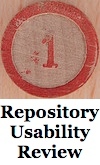
 With SWORD version 1 it became simple to deposit into many digital repositories using any number of clients which all connected to a common Application Program Interface (API) at the repository. However, it was not specified how resources can be managed and enhanced subsequent to initial deposit. The SWORDv2 and DepositMO projects have been focussed on enabling this enhanced interaction, and also making it incredibly easy for users.
With SWORD version 1 it became simple to deposit into many digital repositories using any number of clients which all connected to a common Application Program Interface (API) at the repository. However, it was not specified how resources can be managed and enhanced subsequent to initial deposit. The SWORDv2 and DepositMO projects have been focussed on enabling this enhanced interaction, and also making it incredibly easy for users. DepositMO for
DepositMO for 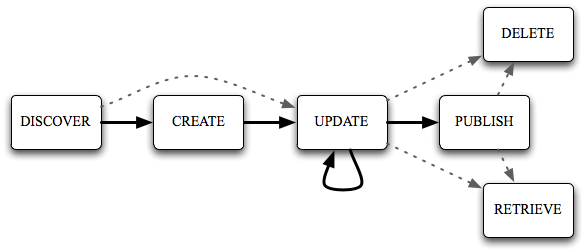
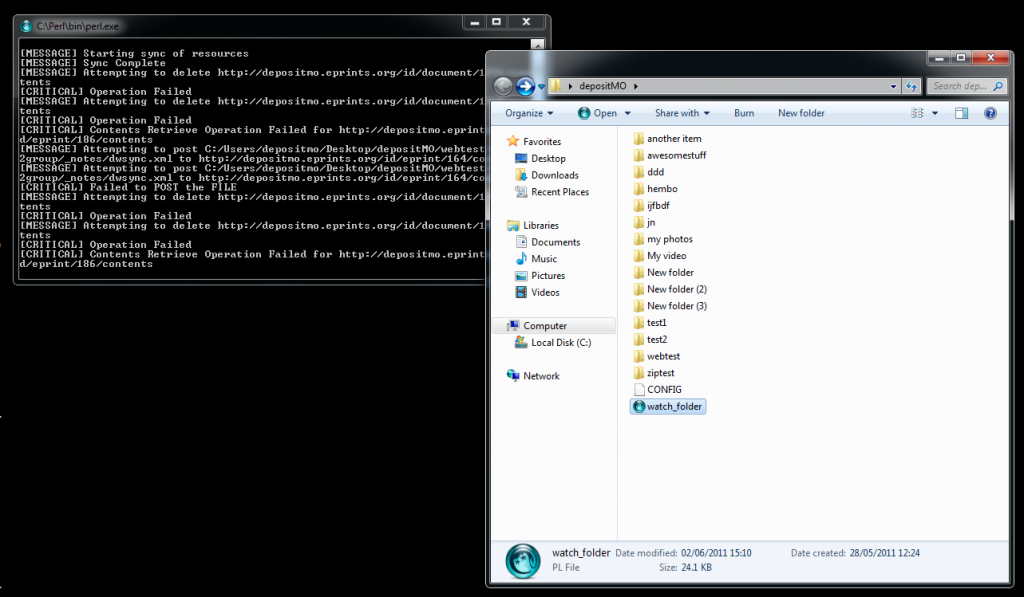

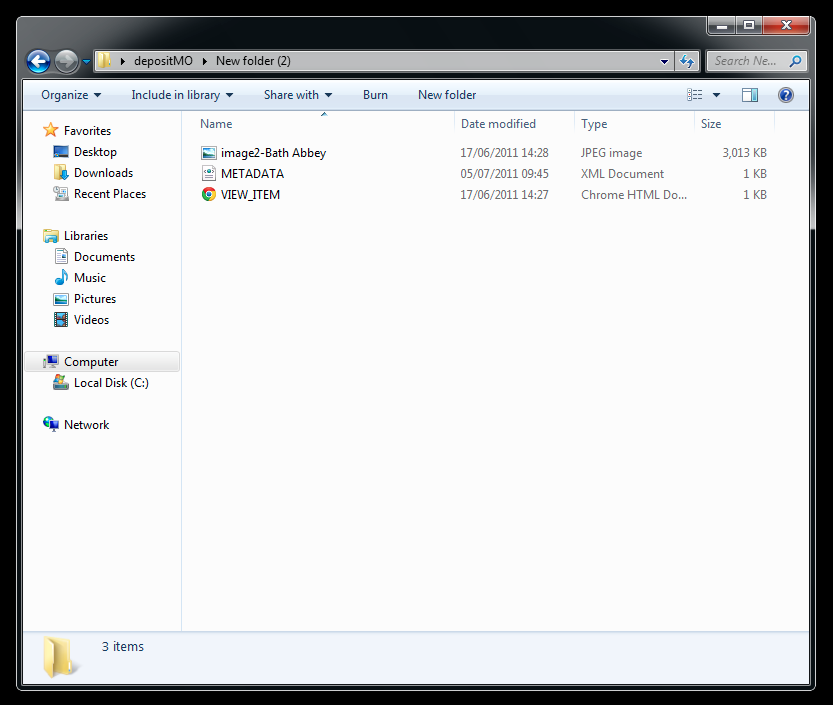


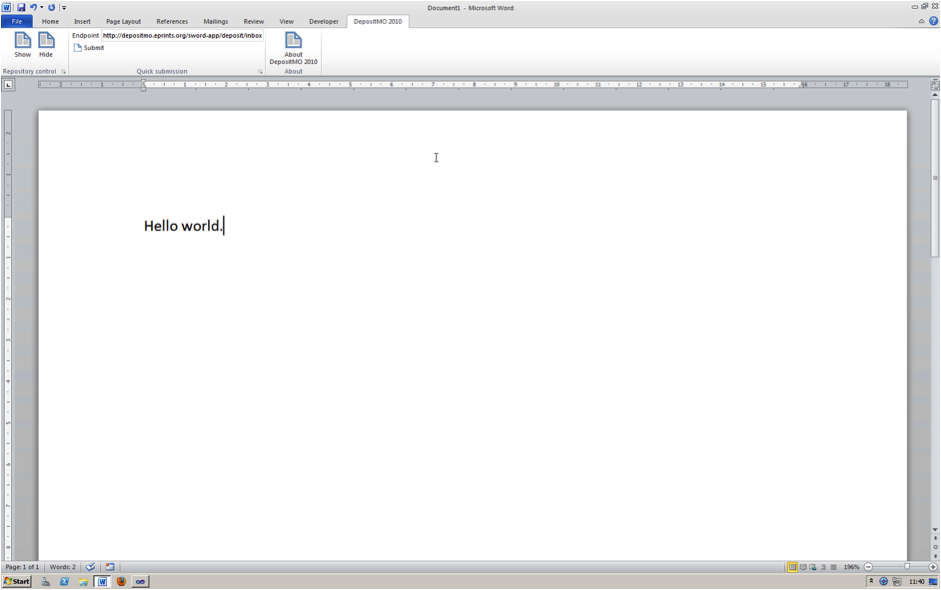
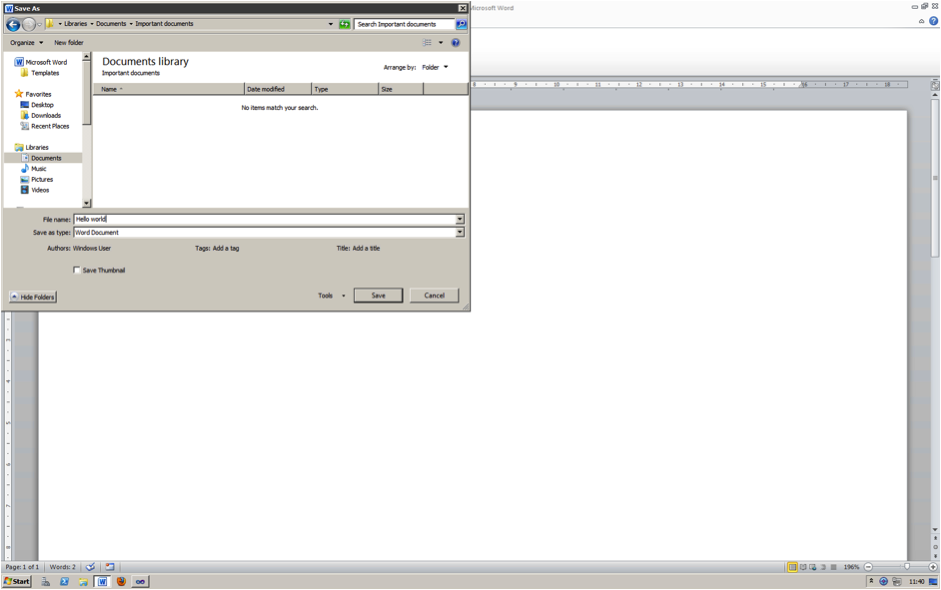
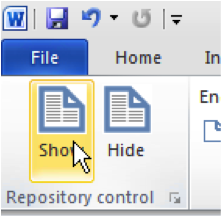
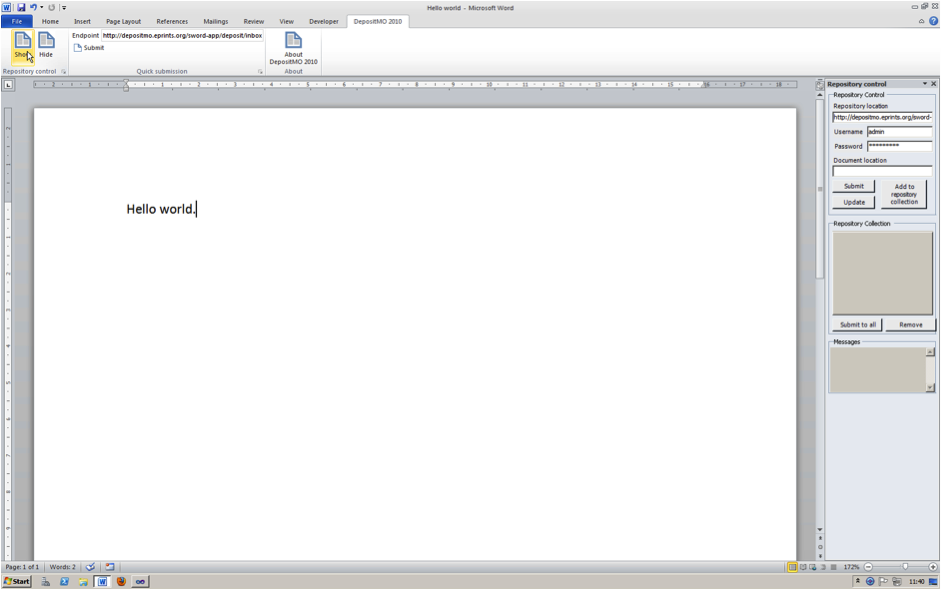
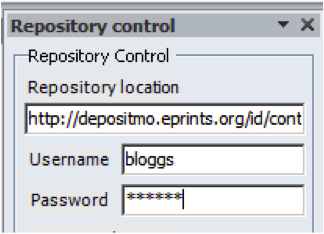
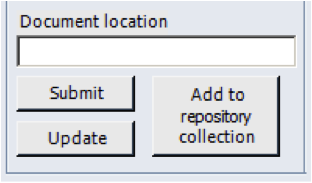
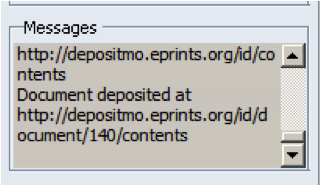

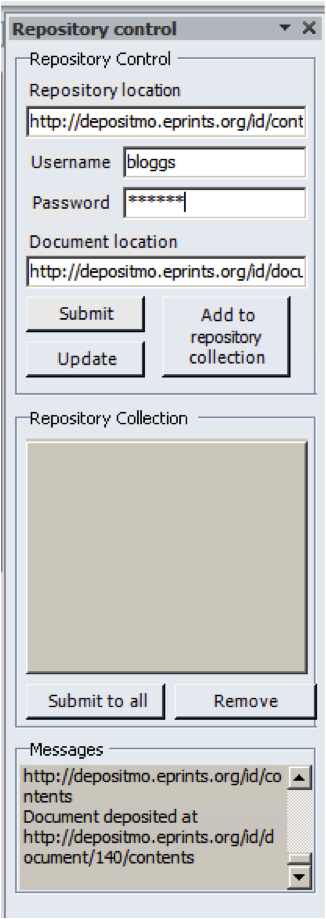
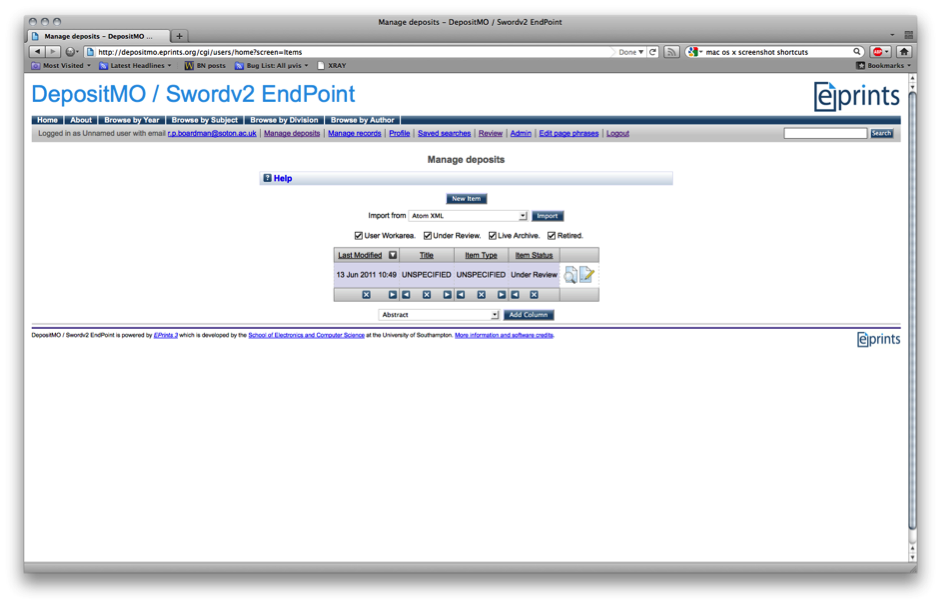
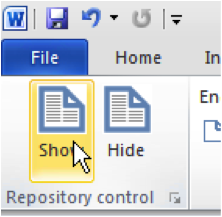
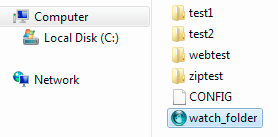
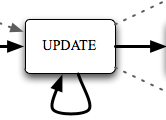



Recent Comments